The content of the article
Mushrooms have long been eaten by humans. They contain more protein in their composition than in seafood and meat. One of the varieties of mushrooms is truffle. An amazing instance has a spicy taste, it is used to prepare first and second courses, salads, snacks. Truffle is considered to be an elite delicacy, only a select few grow it in Russia. Today there are 2 types - black and white. These mushroom varieties have the highest pricing policy in the whole world, and eminent culinary specialists from America, Europe and Asia prepare dishes on their basis.
Under what conditions is truffle grown
Truffle belongs to the most capricious mushrooms. In order to properly grow a product, it is necessary to create optimal conditions, everything should be perfect.
- One of the factors affecting the degree of truffle growth is considered to be the symbiosis of partner trees and the fungus (mycorrhiza). Through collaboration, the truffle feeds on amino acids and carbohydrates that it receives from the tree. With insufficient care for the "partners", the fungus will die due to lack of nutrients.
- The mushroom picker, in turn, gives the trees the minerals, macronutrients and phosphorus needed for moisture and development. Phosphorus is much faster absorbed from fungi than from soil with the participation of root crops. For this reason, the focus is on planting trees and their further care.
- The best symbiosis is obtained by “crossing” the truffle with the oak. In addition, the mushroom feels great next to the hornbeam, hazelnuts, chestnut, linden. In very rare cases, mycorrhiza is achieved through a partnership of truffles with coniferous cohabitants.
Which climate is optimal for truffle
- Suitable climatic conditions are considered second in the list of important aspects. Truffle grows rapidly and develops in regions with the least rainfall and moderate dryness. Of course, the southern regions of Russia are considered optimal.
- It is worth immediately abandoning the cultivation of this variety of mushrooms in the area that experiences most of the time in the winter. There are also fluctuations between cloudy (in particular rainy) days and sunny weather.
- In our country, it is possible to grow truffle in the middle lane. As a rule, sunny weather, rainy spring and changeable fall (velvet season) are quite enough in these regions. All these aspects and the combination of climatic zones favorably affect the growth of the fungus.
- In the spring, the truffle finds a common language with the "partner" trees, feeding on everything necessary. In the summer, it assimilates the elements obtained due to the hot climate, and in the autumn, full ripening begins.
Which area is suitable for truffle
Particular attention should be paid to the area, since it is the soil that sets the tone for the entire process.
- The most suitable is the territory that has a soil moisture level of about 65-70%, not more. It should be protected from the cold wind (especially true in the winter). Prefer gently sloping terrain located in a small lowland.
- Moreover, it is important that the territory is located above sea level at 500-600 m, not more. If this indicator is below the 100 m mark and above the 1000 m mark, the mushroom will not enter mycorrhiza with its partners. As a result, truffle cultivation will become impossible.
Truffle Growing Technology
The process of growing a capricious mushroom can be divided into 2 points. First, you need to choose the soil that promotes favorable growth.Secondly, it will be necessary to grow mushroom embryos, and then transplant them into the prepared soil. Further, in the process of leaving and fertilizers, the truffle matures, you just have to harvest.
Step number 1. Choosing the Right Soil
- First, select the right soil for planting the truffle. In order to carry out the procedure correctly, take a few soil samples, then take them to the laboratory for a thorough analysis.
- The preferred area should be resistant to water erosion. Also, the area should be moderately sunny and windy (2: 1 ratio). Soil fertility is also of importance - about 10–35 cm in depth. As mentioned above, you need to choose a gentle area with an angle of inclination of no more than 15 degrees.
- Among other things, the soil should contain lime, organic matter, in particular calcium. Also, the site should be enriched with nitrogen, carbon gas, minerals. The listed components contribute to accelerated symbiosis.
- An important criterion is the amount of alkali contained. To test the indicator, stick litmus paper into the ground. If it turns blue, it means that the soil is suitable for planting truffles. Otherwise, try to find another option that meets all the requirements. Or you can fertilize the site, increasing acidity.
Step number 2. Planting "partners" (trees)
To create a truffle plantation, it is necessary to plant trees that will enrich the mushrooms with useful minerals.
- Choose tree species, taking into account the characteristics of the region of growth. Give preference to hazel and oak, they are universal. In some cases, they are replaced by hornbeam, linden, chestnut.
- Plant trees in such a way that 1 ha includes no more than 500 specimens. You do not need to fertilize the soil, otherwise you will provoke the death of truffle embryos. In addition, handle the roots carefully; the whole process depends on them.
- Moisten a hole in small amounts during planting. After this, fill the seedling and embryo with soil, water well. Plant roots and truffle to a depth of 65-70 cm, so that the mushroom is protected from the adverse effects of the environment (wind, sun, rain, etc.).
- Cover the soil around the seedlings with branches that have fallen oak leaves or dry grass (straw will do). Optionally, you can protect the trees with polyethylene, observing a diameter of 75-80 cm. Around the trunk.
- Pay attention to the trees growing near the "partners". There should not be willows, spruce, poplar, fir. These breeds kill embryos and adversely affect the cultivation (if any).
- About 4-6 years after planting, the area around the trees begins to “bald”. The vegetation dies, only weeds remain. In this case, it is not necessary to additionally fertilize the plantation, pull out the grass, this will be enough.
- In the spring, do not forget to loosen the soil around the trees so that the truffle grows in full mode. At the same time, cover the ground with spruce branches or straw so that it does not dry out from the heat.
- In cases when there is no precipitation as a result of weather conditions, water the soil yourself drip. Do not neglect watering, otherwise the mycelium will die.
Step number 3. Care for the "partners"
- From further care for the “partner” trees, it depends on whether the truffle survives or not. Seedlings must be protected from harmful insects and animals, while the branches need to be cut periodically. Similar manipulations are performed to accelerate symbiosis.
- It is important to consider that it is necessary to trim both the branches and the trunk. Thanks to this procedure, the sun's rays penetrate the soil directly, contributing to the full development of the truffle. The height of perfectly pruned trees does not exceed 1 m., While the plants themselves resemble a cone-shaped hood in an inverted shape.
- In cases where the mycelium is located under already grown trees, they need to be trimmed. At the same time, in the winter season it will be necessary to cut down the extra trees so that they do not block the penetration of sunlight into the soil.
- The first mushrooms appear in September or October, however, so that they finally mature, it is recommended to wait another 2-2.5 months. To distinguish a ripe truffle, it is enough to smell it and evaluate the shade. The mushroom should be black, not red, with a pronounced aroma.
- If all the requirements regarding care and planting are met, the first fruits can be harvested from November to March. White truffles ripen much faster.
- To collect mushrooms, they need to be dug up similar to the process of digging potatoes in a summer cottage. However, take out the truffle with care, otherwise you may damage the roots. It is important to remember forever that only mushrooms that are completely (!) Ripe can be harvested.
- Experienced mushroom pickers are used for truffle collection by trained pigs or dogs. As a rule, animals find a ripened mushroom, guided by the smell. Typically, harvesting is carried out at night when truffle aroma is expressed to the highest degree.
- If we talk about the volume of the finished product, with a plantation of 1 ha, you can collect about 100 kg. truffles. If the conditions are met down to the smallest detail (analysis has been completed, “partners” and soil have been optimally selected), the final product can reach 120-130 kg. After harvesting, the mushrooms can be stored both in frozen and in dry form.
Truffle cultivation in Russia is a rather complicated and not always feasible process. You will need to select a gentle area with an optimal climate, and then pass the soil for analysis. Particular attention is paid to the root system of partner trees, since it is at their expense that the truffle is fed.
Video: how to grow truffle mushroom


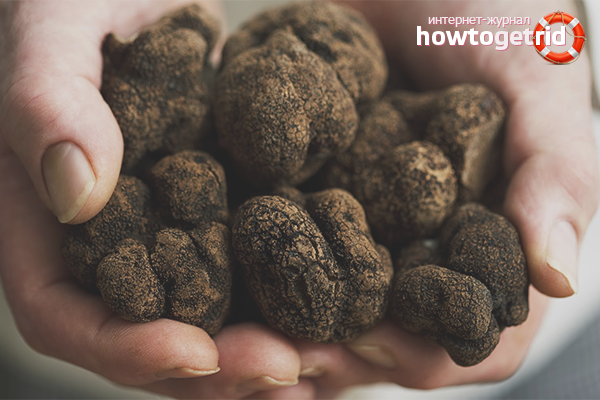
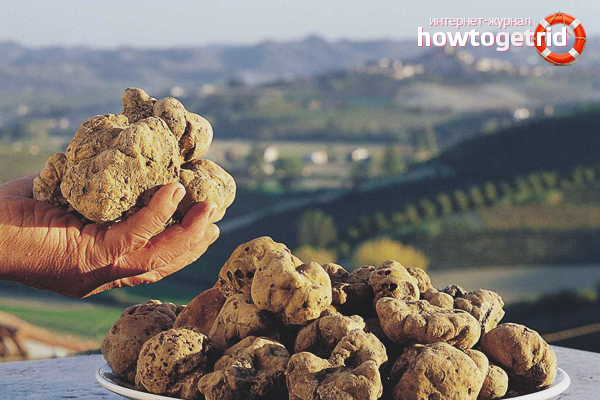
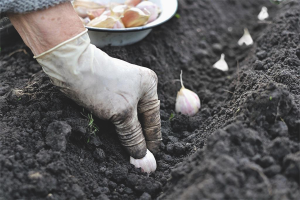
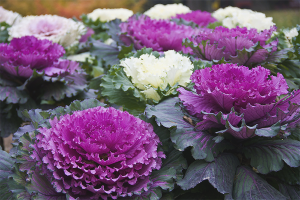

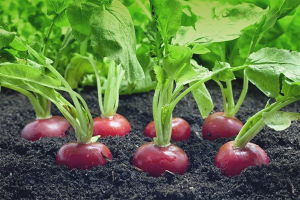
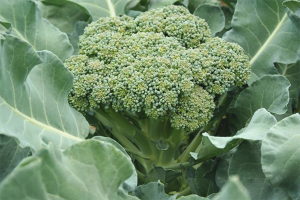
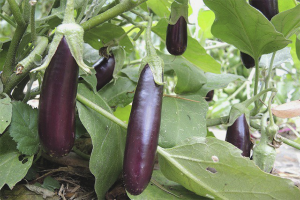

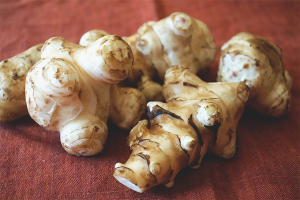
Submit